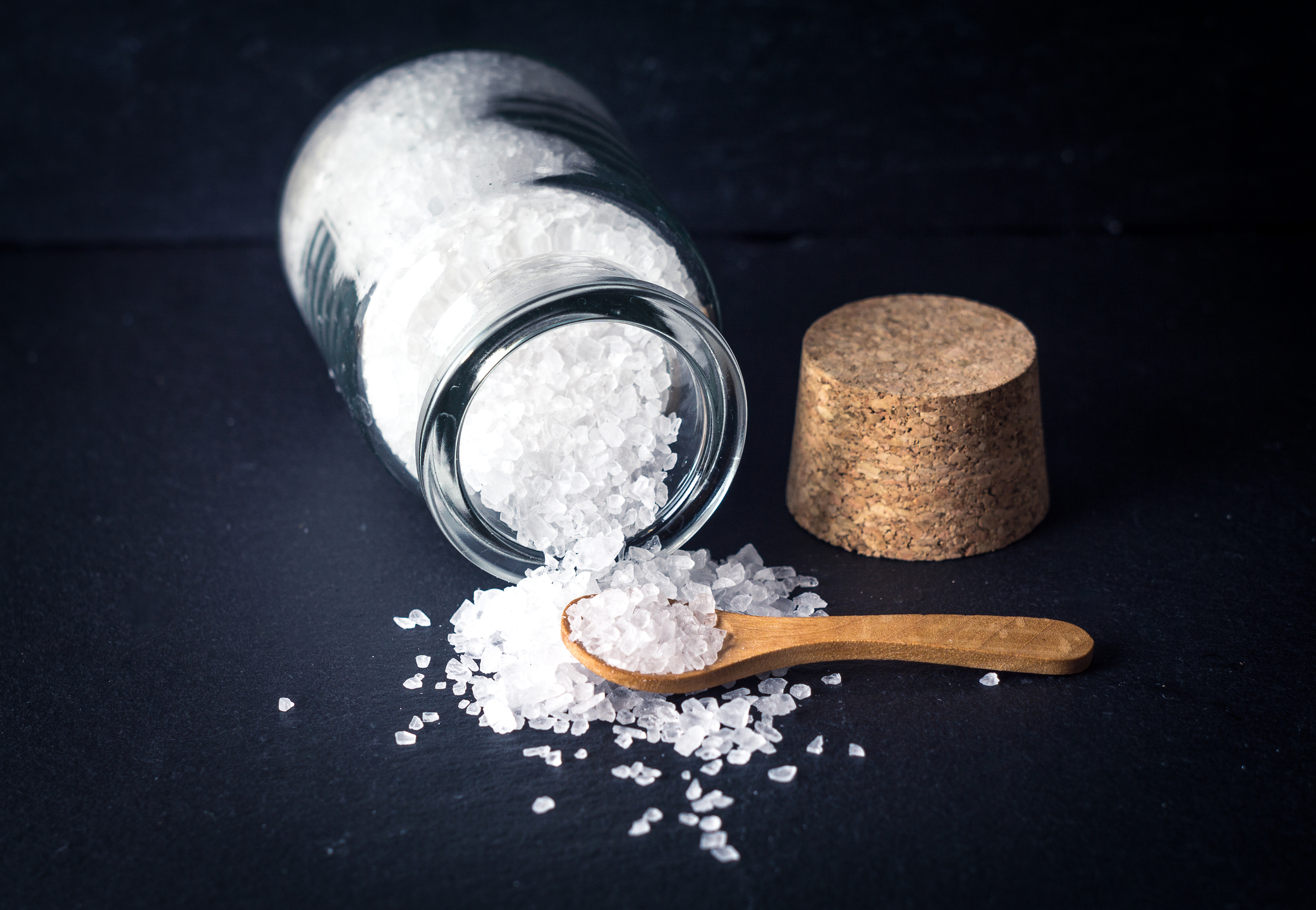Although many older adults are worried about breakthrough COVID-19 infection and the upcoming flu season, heart disease remains the leading cause of death in the United States. To help curb health conditions prevalent among older adults including high blood pressure, heart disease, stroke, and kidney damage, the Food and Drug Administration is taking aim at sodium intake – with a 12 percent reduction target over the next 2 1/2 years.
According to a recent NPR All Things Considered report, the FDA is urging the food industry to reduce its sodium content, especially in packaged and restaurant foods. Because people can’t control the sodium levels in packaged foods, it’s up to food companies to start making positive changes.
At present, Americans consume an average of 3,400 mg of sodium each day – far more than recommended 2,300 mg per day. It is estimated that if Americans could lower their consumption to the recommended intake of about a teaspoon of salt per day, nearly 450,000 cases of heart disease could be prevented saving an estimated $40 billion in health care expenses over 20 years.
Most of the sodium consumed by Americans is not added at home. It is in prepared foods including bread, deli meats, frozen pizza, canned tomato sauce, processed cheese slices, and chicken noodle soup.
At present, the sodium reduction targets are voluntary but a similar initiative in the UK led to a 15 percent reduction in the average salt consumption that has resulted in a lowering of the average blood pressure. The reduction is also associated with lower incidences of heart attacks and stroke.
Cutting back on salt can help ease the stress on kidneys, blood vessels, and the heart due to water retention that increases blood volume. Gradual reductions in sodium levels have been demonstrated to be successful in helping to improve public health in Canada and the UK. While waiting for more changes to be implemented by the food industry, it’s important for consumers to read the nutrition facts label on foods and request nutrition information at chain restaurants in order to lower sodium intake.
Learn more about how to cut down on sodium by following this link to a recent fact sheet by the Office of Disease Prevention and Health Promotion.






Add Your Voice
0 Comments
Join the Discussion